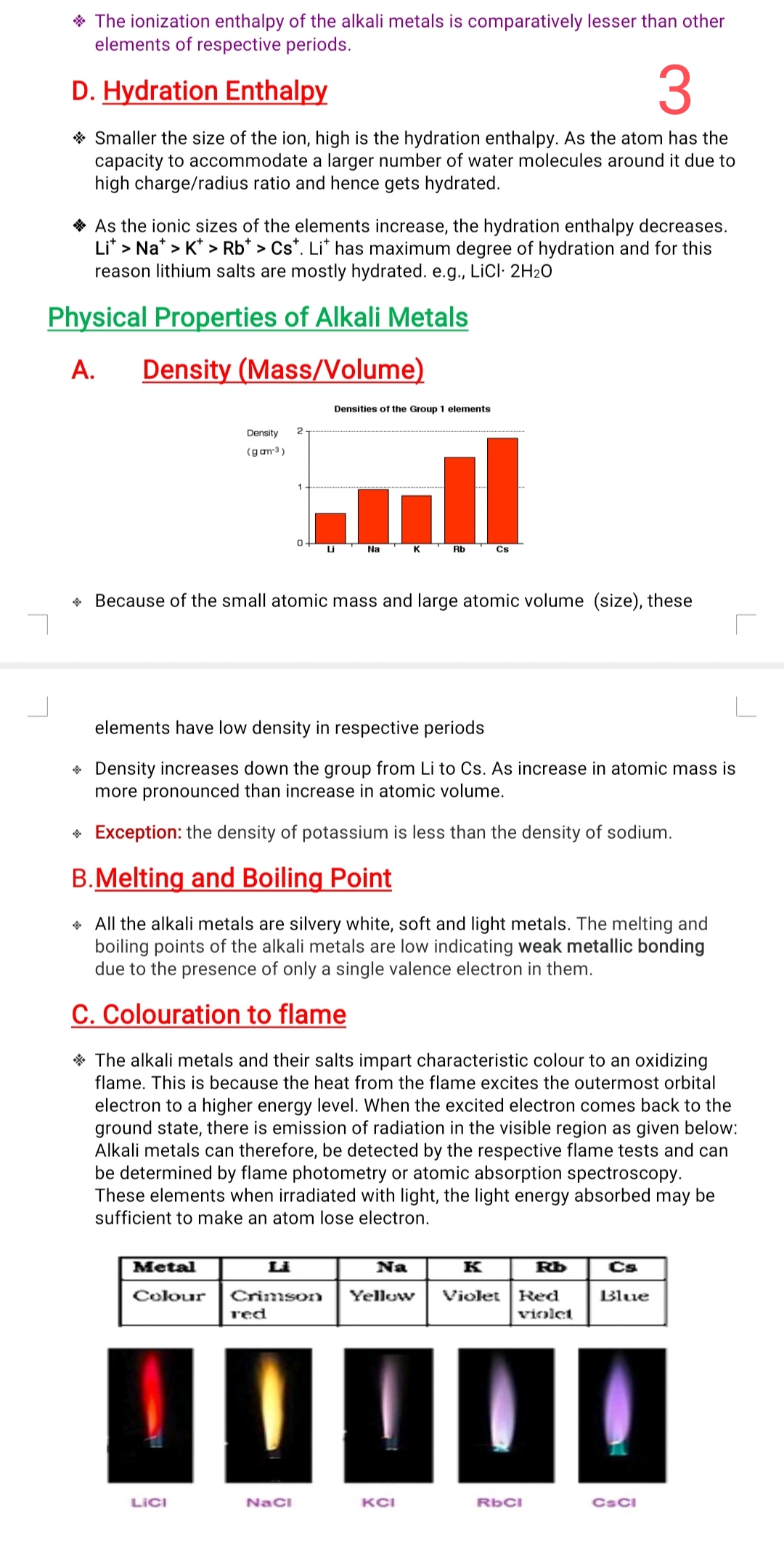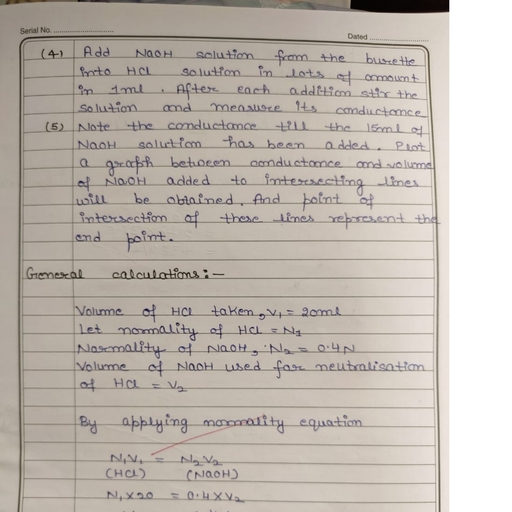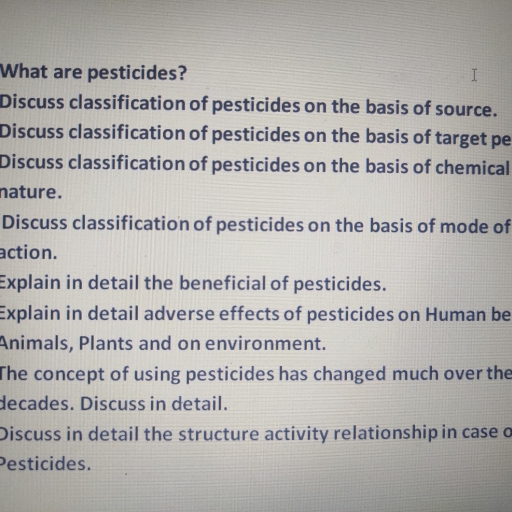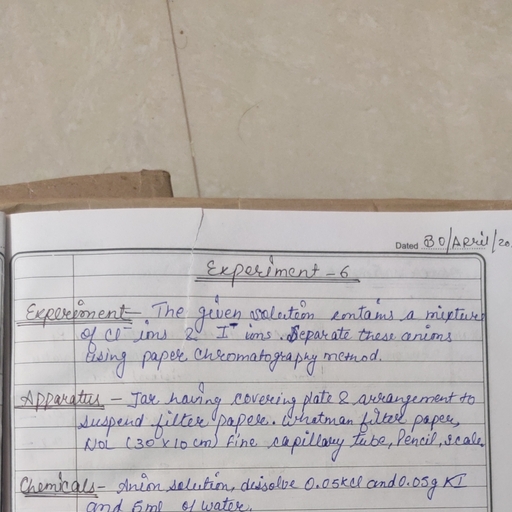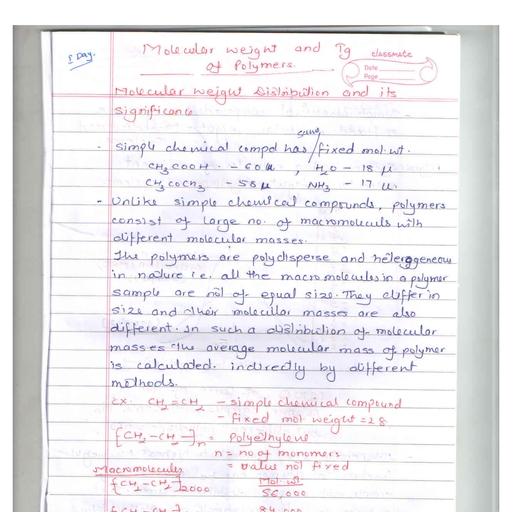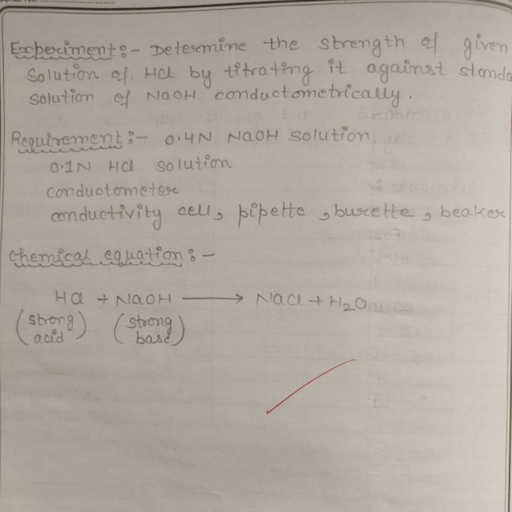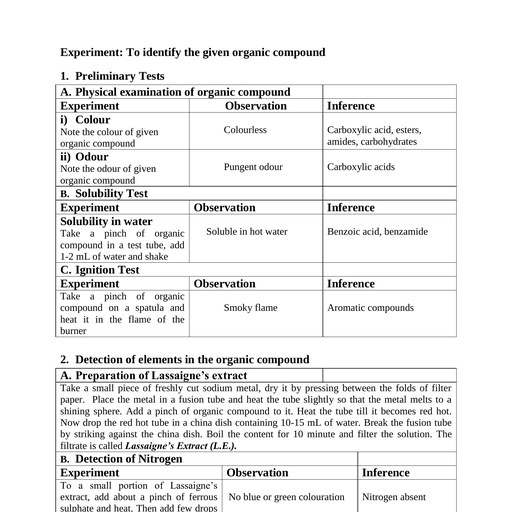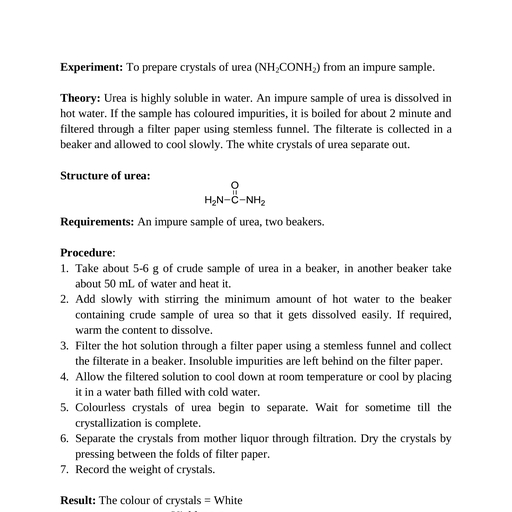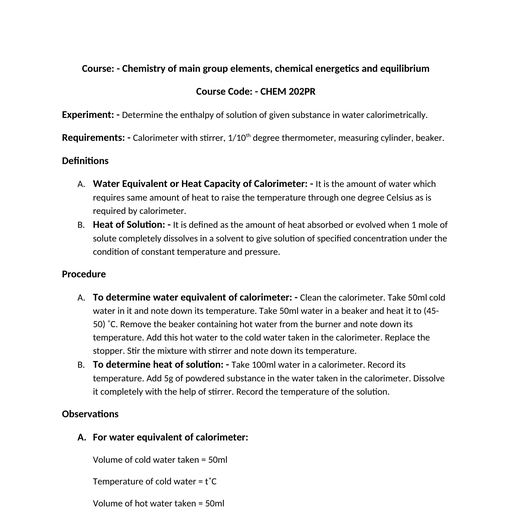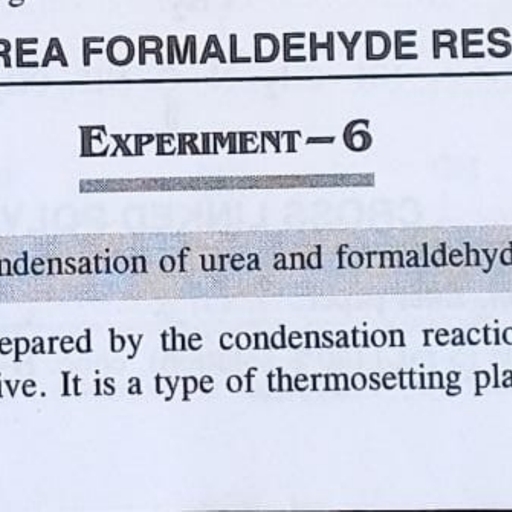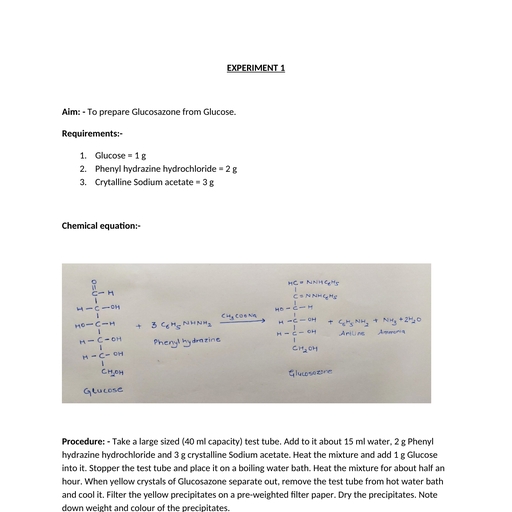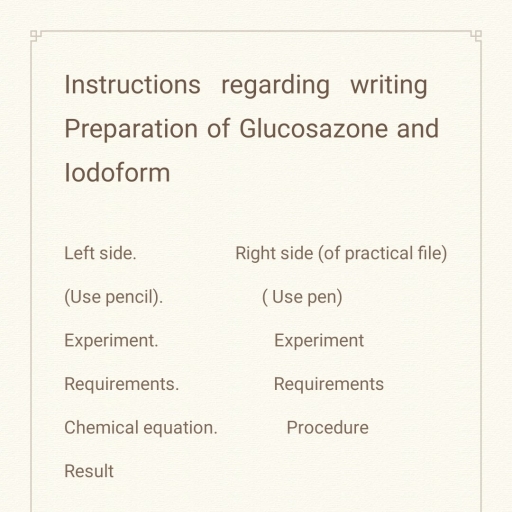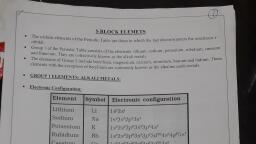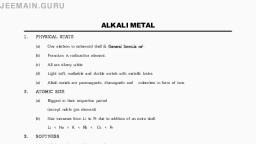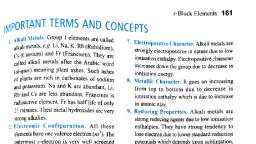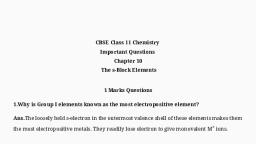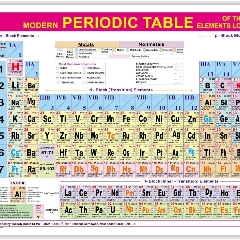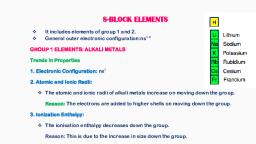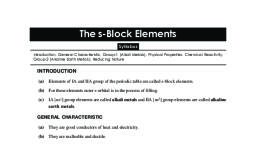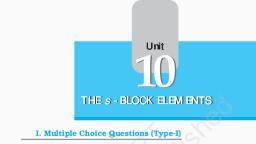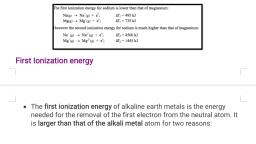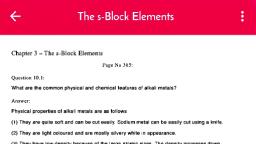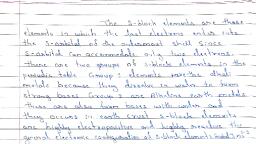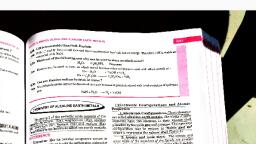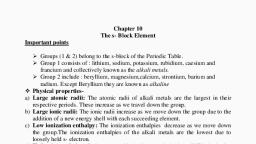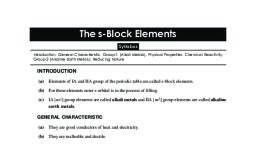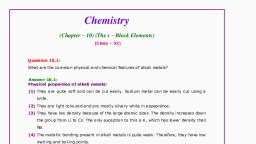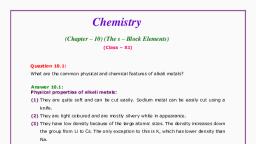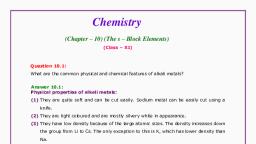Page 1 :
* The ionization enthalpy of the alkali metals is comparatively lesser than other, elements of respective periods., , D. Hydration Enthalpy 3, , * Smaller the size of the ion, high is the hydration enthalpy. As the atom has the, capacity to accommodate a larger number of water molecules around it due to, high charge/radius ratio and hence gets hydrated., , * As the ionic sizes of the elements increase, the hydration enthalpy decreases., , Li* > Na* > K* > Rb’ > Cs". Li” has maximum degree of hydration and for this, reason lithium salts are mostly hydrated. e.g., LiCl: 2H20, , Physical Properties of Alkali Metals, , , , A. Density (Mass/Volume, , Densities of the Group 1 elements, , Density 2, , (gam), , « Because of the small atomic mass and large atomic volume (size), these, , elements have low density in respective periods, , * Density increases down the group from Li to Cs. As increase in atomic mass is, more pronounced than increase in atomic volume., , « Exception: the density of potassium is less than the density of sodium., , B.Melting and Boiling Point, , « All the alkali metals are silvery white, soft and light metals. The melting and, boiling points of the alkali metals are low indicating weak metallic bonding, due to the presence of only a single valence electron in them., , C. Colouration to flame, , * The alkali metals and their salts impart characteristic colour to an oxidizing, flame. This is because the heat from the flame excites the outermost orbital, electron to a higher energy level. When the excited electron comes back to the, ground state, there is emission of radiation in the visible region as given below:, Alkali metals can therefore, be detected by the respective flame tests and can, be determined by flame photometry or atomic absorption spectroscopy., These elements when irradiated with light, the light energy absorbed may be, sufficient to make an atom lose electron., , Metal, , , , , , , , , , , , , Colour Red, , violet, , Crimson, red
